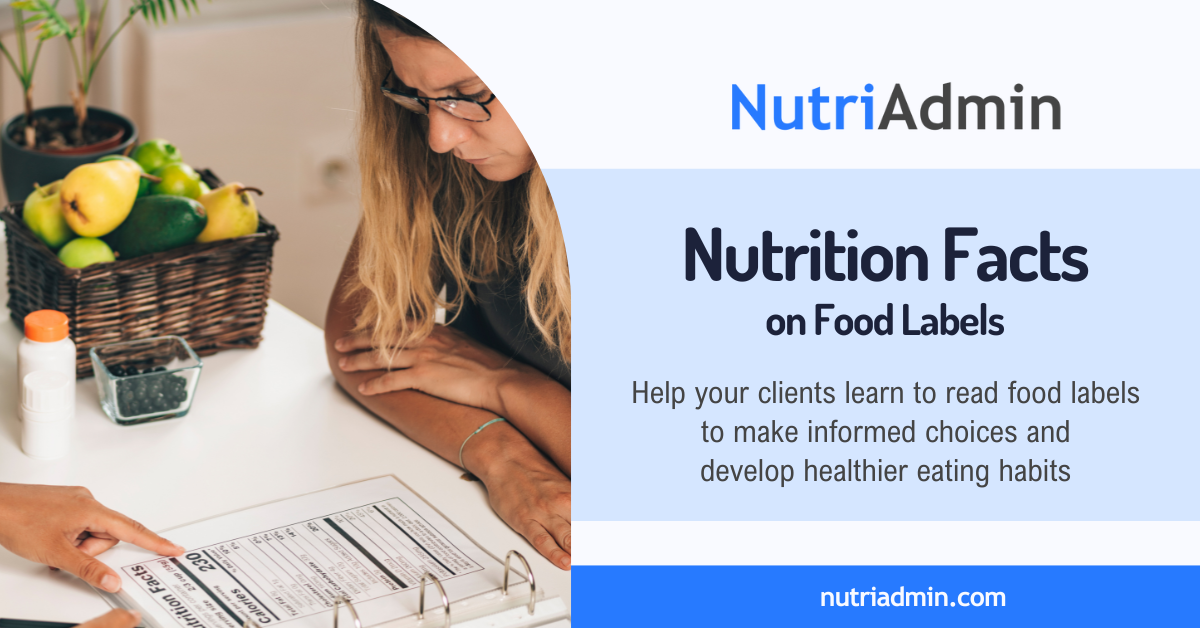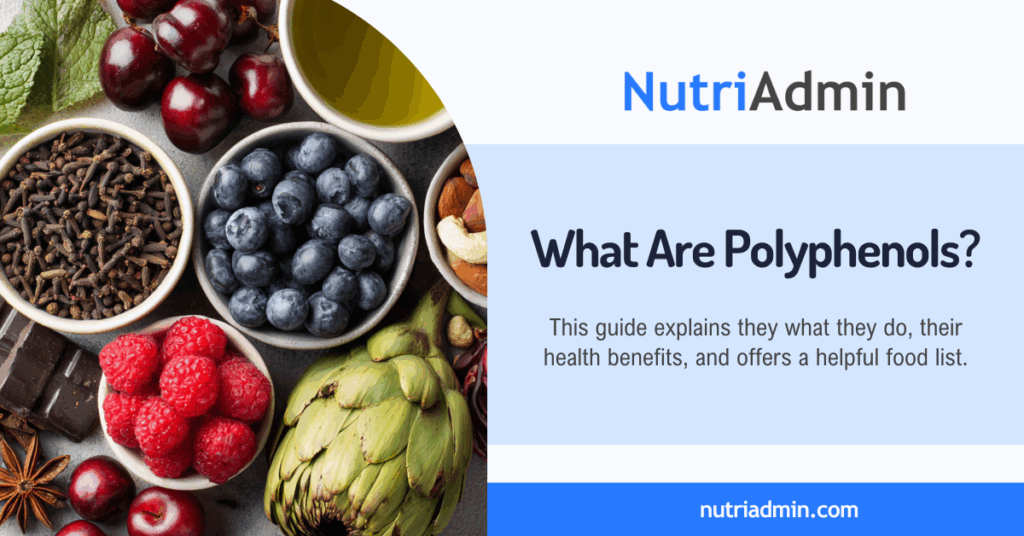Reading nutrition facts on food labels can empower individuals to make informed food choices. These labels offer crucial information on ingredients, calories, macronutrients, and micronutrients. Ultimately, this knowledge can help lead to long-term health benefits and increased confidence in dietary choices, supporting clients in achieving their goals.
Nutrition Facts
Nutrition facts are detailed information provided on food labels that indicate the nutritional content of a product. They typically include data on serving size, calories, macronutrients (such as fats, proteins, and carbohydrates), and the percent daily values of various vitamins and minerals, helping consumers make informed dietary choices.
Nutrition facts originate from the nutritional analysis of food products conducted by manufacturers or regulatory agencies. In many countries, food companies are required by law to provide this information based on standardized serving sizes and specific nutrient content. The data is typically derived from laboratory testing, food composition databases, or established guidelines from health organizations.
Key Sections of the Nutrition Facts Panel
Food labels and nutrition facts can vary slightly depending on the country, but the differences are generally minimal. In this article, we will use a US food label as an example. You can compare it with your local labels.
While there may be some variations, this guide will help you educate clients on how to read nutrition facts effectively.
For example, in the United States, food packaging typically provides nutrition information based on a defined serving size. In contrast, UK food labels display nutritional values per serving and per 100 grams.
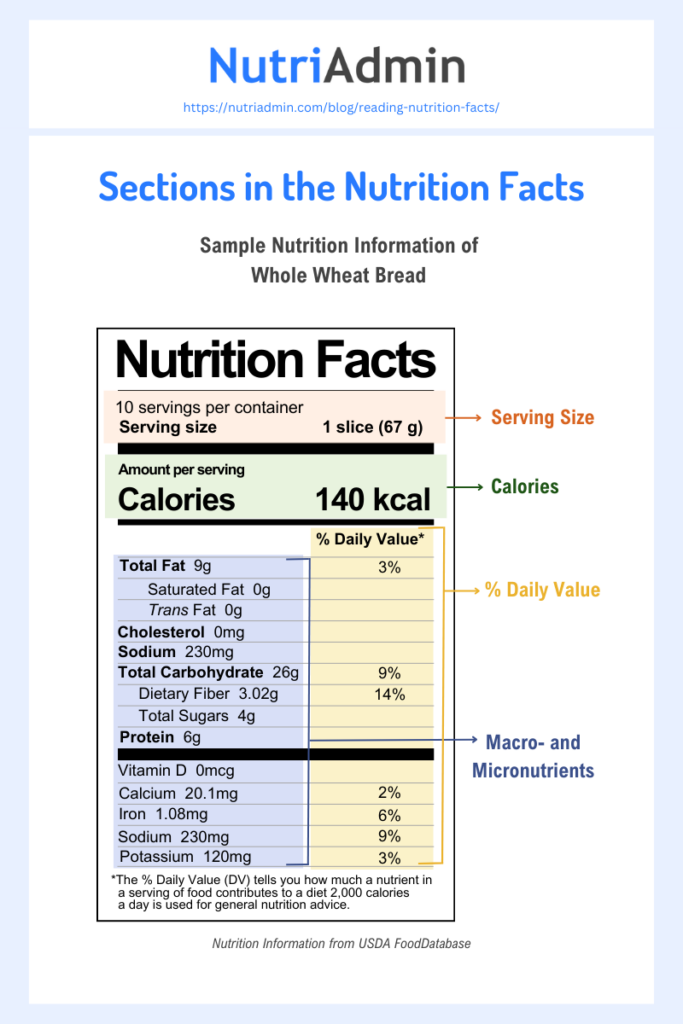
Serving Size
The serving size is the amount of food that is typically consumed in one sitting. It serves as a reference point for the nutritional information listed on the label. Reading nutrition facts on food labels includes knowing the difference between servings per container and serving size.
Some individuals may find this section confusing. The main principles are as follows:
- Servings per container – the total amount of servings in a container.
Example: Number of servings in a whole tub of yogurt, block of cheese, jar of peanut butter, or bar of chocolate. - Serving size – The specific amount of food or drink considered to be one serving. Serving size helps you understand how many calories and nutrients you’ll be getting from that amount of food.
However, it is not a recommendation of how much to eat. It is typically expressed in common measurements such as cups, ounces, pieces, or grams.
Example: 1 cup of cereal, 2/3 cup of yogurt, 1 slice of bread, 2 tablespoons of peanut butter, or 2 pieces of chocolate

Calories
This section displays the total energy provided by one serving of the food based on the serving size indicated on the food label. Depending on the country you are in, calories may be expressed in kilocalories (kcal) or kilojoules (kJ).
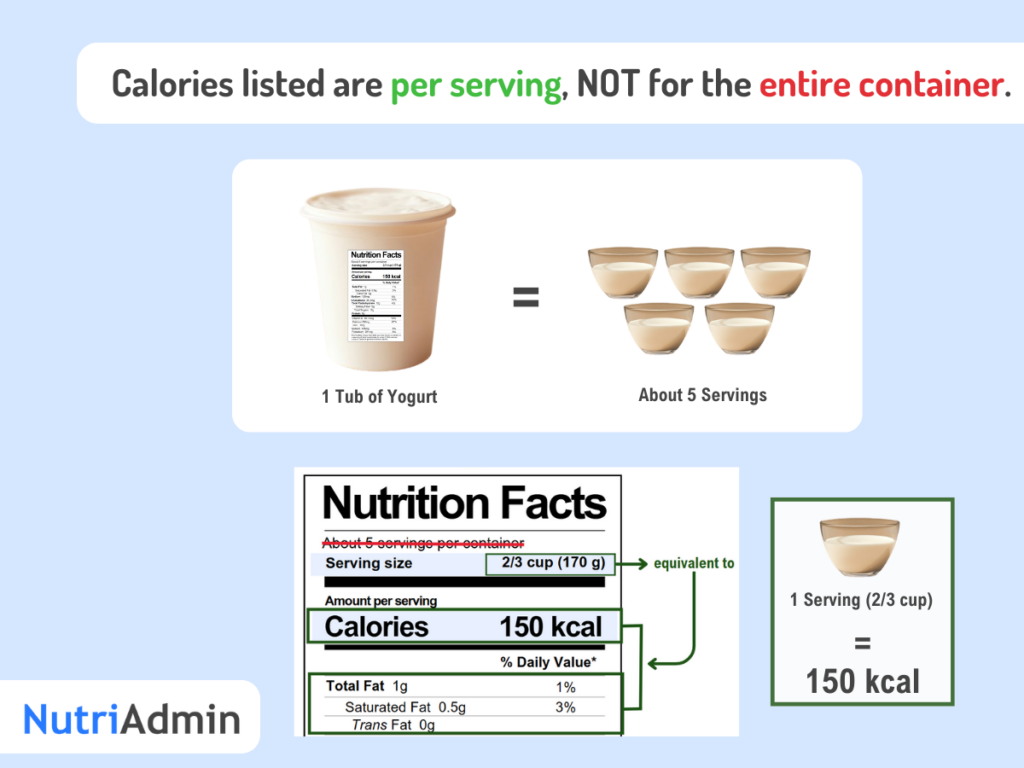
Macronutrients and Micronutrients
The Nutrition Facts panel provides the total grams of macronutrients per serving, which include:
- Fats: includes total fat and specific types such as saturated and trans fats.
- Carbohydrates: includes total carbohydrates, total sugars, and dietary fiber.
- Protein
Micronutrients are essential vitamins and minerals that are crucial for maintaining overall health despite being required in smaller quantities compared to macronutrients. On a food label, micronutrients typically include:
- Vitamins: Commonly listed vitamins may include Vitamins A, C, D, E, and certain B vitamins (such as B6 and B12).
- Minerals: Key minerals included on food labels are often calcium, iron, potassium, and magnesium.
In the United States, only vitamin D and potassium are required on the label.
Percent Daily Value
The Percent Daily Value helps consumers understand how much a nutrient in a serving of food contributes to their daily diet, making it easier to identify whether the food has high or low amounts of specific nutrients.
Clients should aim to balance their intake by selecting foods low in added sugars and saturated fats. They should also choose foods high in fiber, vitamins, and minerals. Understanding %DV can guide healthier food choices and promote overall wellness.
This information is especially useful for clients with health conditions like hypertension, where it’s recommended to lower sodium and saturated fat intake. For example, when looking at the Percent Daily Value (%DV) on a food label, clients should aim for products with less than 5% DV for sodium and saturated fats to help manage their health effectively.
Another example relates to clients trying to improve their dietary fiber intake. The %DV for fiber should ideally be 20% or higher.

Understanding Ingredient Lists
Aside from the nutrition facts, understanding the ingredient lists is also essential for reading food labels. This offers insights into food quality and informs clients about what is in a specific food product. Teaching clients how to read ingredient lists enables them to understand what the food item is mainly made of and to identify ultra-processed foods and allergens.
This encourages clients to choose minimally processed ingredients, leading to healthier eating habits and improved overall nutrition.
Ingredient Order: What It Indicates
Ingredients are listed in descending order by weight, meaning the first few items comprise the majority of the product. When advising clients, it is vital to highlight the value of checking the main ingredients. Ideally, they should consider whole, minimally processed foods like vegetables, whole grains, and proteins as key components.
If sugar, refined grains, or lengthy chemical names dominate the top of the list, encourage them to consider alternative options that prioritize quality.
Identifying Ultra-Processed Foods and Common Allergens
Ultra-processed foods contain additives, preservatives, and artificial flavors, which some individuals might want to avoid if they are trying to improve their food choices and overall health. They typically have high levels of saturated fat, sodium, and sugar, which are associated with adverse health effects.
As nutrition professionals, it’s important to educate clients on identifying these components and suggest alternatives if necessary.
Moreover, numerous clients may have particular food allergies or intolerances. It’s essential to inform them about typical allergens like wheat, dairy, peanuts, and soy, which can often be hidden under unfamiliar names or ingredient listings. Highlighting this information empowers clients to make safer and more confident food selections.
Hidden Terms for Common Allergens
- Wheat – gluten, semolina, durum, triticale, spelt, couscous, malt
- Dairy – casein, whey, lactose, ghee, cream, butterfat, custard powder, rennet
- Peanuts – Arachis oil (highly refined peanut oil), artificial nuts, beer nuts, peanut oil, Mandelonas, mixed nuts, monkey nuts, nut meal, nut pieces, peanut butter, peanut flour, peanut protein hydrolysate
- Soy – textured vegetable protein (TVP), soy protein isolate, hydrolyzed soy protein, lecithin, edamame, miso, tofu, soybean oil, soy sauce, tamari, natto, tempeh
Reading Nutrition Information in Recipes
Nutrition information is commonly available for both packaged foods and recipes, but many clients struggle to understand their actual nutrient intake due to the way serving sizes are presented.
Recipes typically indicate the total number of servings they yield, which is often more than one, while providing nutritional information for each individual serving. This approach is meant to make it easier to track food consumption. However, it can sometimes cause confusion about the actual nutritional value of the foods being prepared and consumed.
It’s important to communicate these differences to your clients to prevent overeating.
For instance, the recipe provided makes four servings, but you’ve recommended that your client prepare only one serving for dinner based on their needs and goals. If they decide to cook the entire recipe, they will end up with four times the calories and nutrients listed, which can lead to unintentional overconsumption.
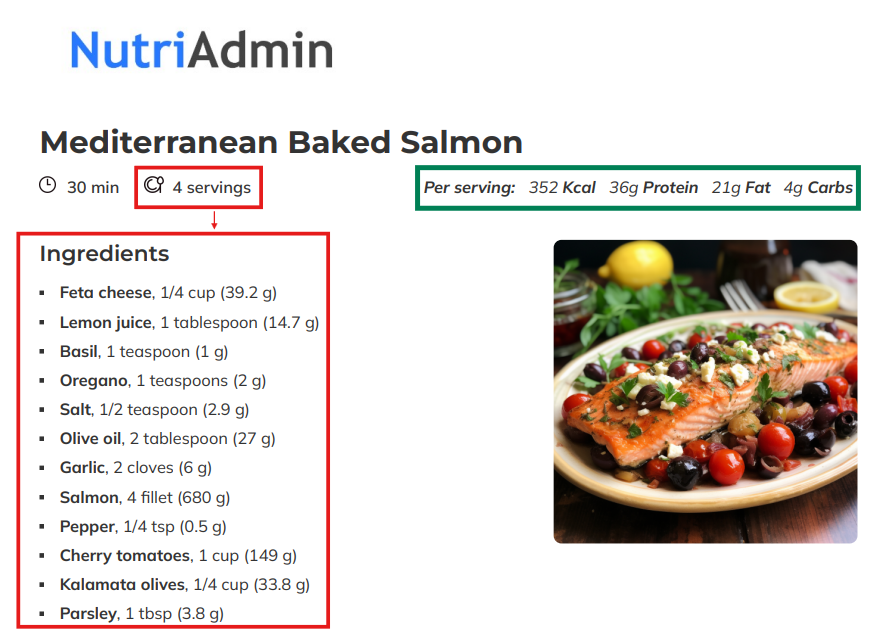
If the client lives alone and doesn’t meal prep, the easiest way to prepare a recipe for one serving instead of four is to divide the ingredients by four.
However, if you need to convert more complex serving sizes to recommended servings, we’ve created a simple spreadsheet to help you calculate the ingredient amounts into one or two servings. You can download it below.
If you like the sample recipe from the NutriAdmin database above, feel free to download the full recipe PDF below. It comes with a nutrition analysis of the recipe, including micronutrients. You can use this to teach your clients how to read nutrition facts in recipes.
Tips for Clients on Reading Nutrition Information in Recipes
Not every nutrition professional offers meal plans or suggests carefully chosen recipes to clients. Here are some tips to help clients learn how to read nutrition facts in recipes and make healthier food choices.
Understand Serving Sizes
Note the serving size specified in the recipe. Assess whether you plan to eat more or less than this portion and adjust the nutritional information accordingly. For instance, if a recipe yields four servings and you eat two servings, you’d need to double the nutritional values.
Evaluate the Calorie Content
Check the total calories per serving of the recipe and compare it to your daily calorie goals or dietary plan. If the recipe has more calories than you’d like, think about modifying the ingredients to lower the calorie count. This is important if you’re on a calorie deficit or aiming for a specific daily calorie intake. Keeping track helps you stay on course with your goals.
Consider Micronutrients
While not always listed, consider what vitamins and minerals the ingredients in the recipe might provide. If the recipe includes a variety of colorful vegetables, it’s likely nutrient-rich. For greater micronutrient content, focus on whole foods.
Make Adjustments and Recalculate, If Necessary
Don’t hesitate to modify recipes to meet your dietary needs better. For example, reducing added sugars or swapping out unhealthy fats for healthier options can improve nutritional quality. If you make significant changes, it’s best to recalculate the nutritional information using a nutrition calculator or app.
Look for Allergens and Dietary Considerations
Identify any common allergens or problematic ingredients in the recipe. If modifications are necessary, such as gluten-free or dairy-free alternatives, adjust the recipe and review how these changes may impact nutritional values.
